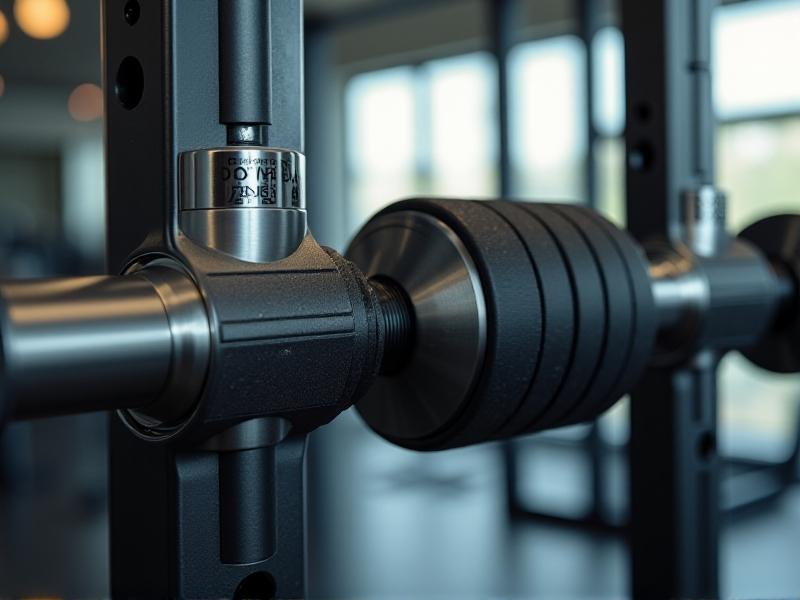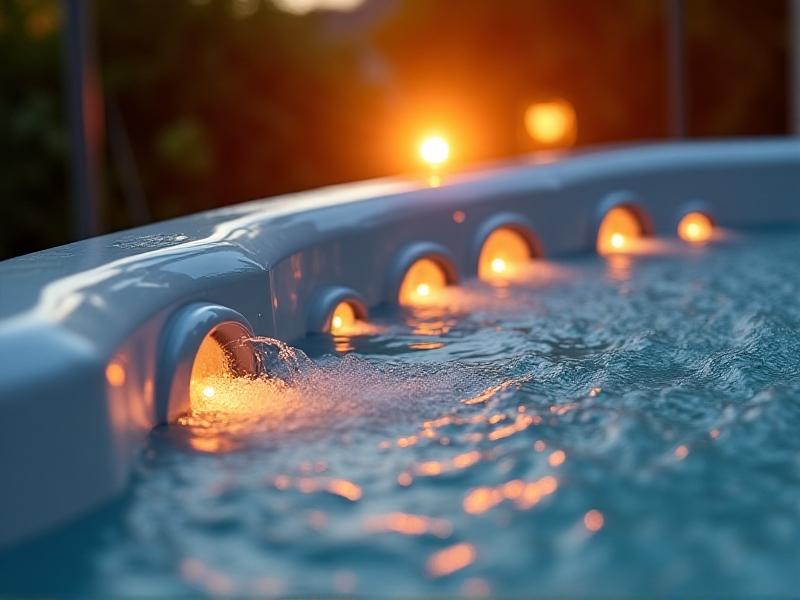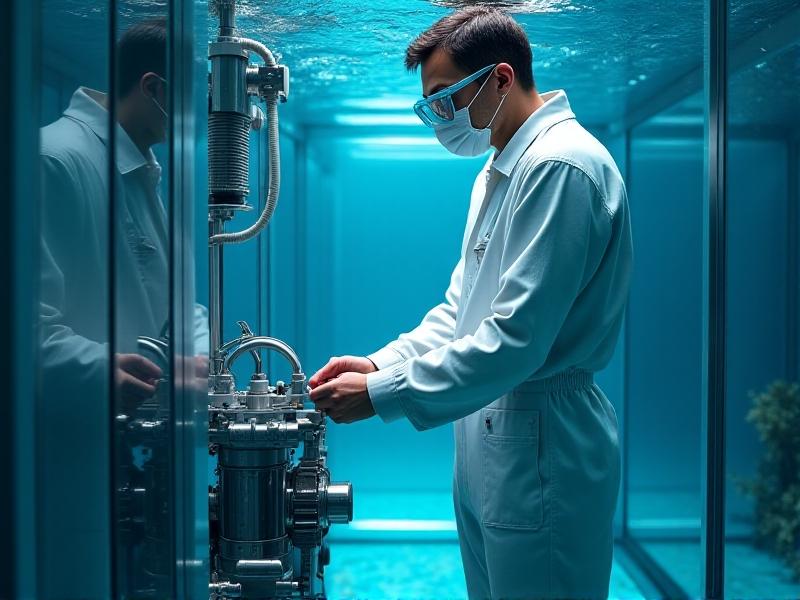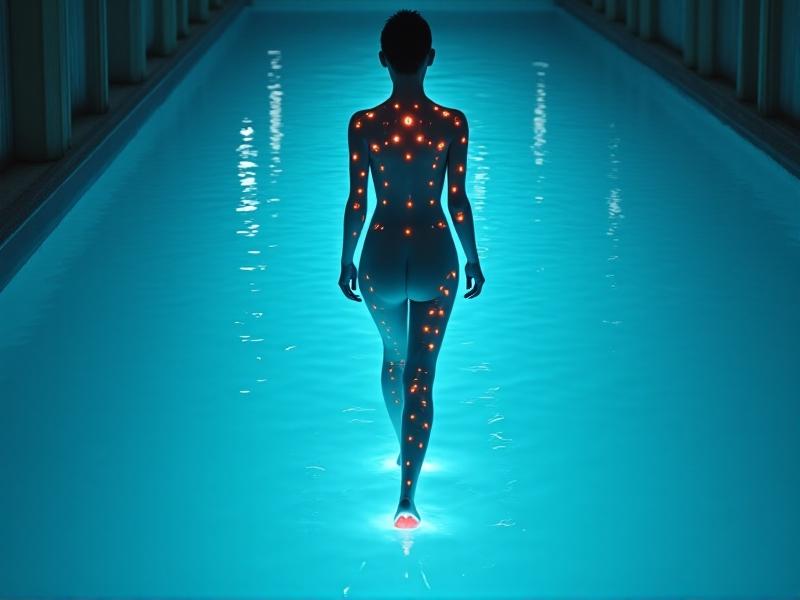Underwater Camera Tracking Systems
The Evolution of Underwater Camera Tracking Systems
Underwater camera tracking systems have come a long way since their inception. Initially, these systems were rudimentary, relying on manual controls and basic mechanical components. However, advancements in technology have revolutionized the field, enabling more precise and efficient tracking of marine life and underwater environments. Early systems were limited by their inability to handle the complexities of underwater currents and the need for human intervention. Today, modern systems incorporate sophisticated algorithms, artificial intelligence, and high-resolution cameras to provide unparalleled accuracy and reliability.
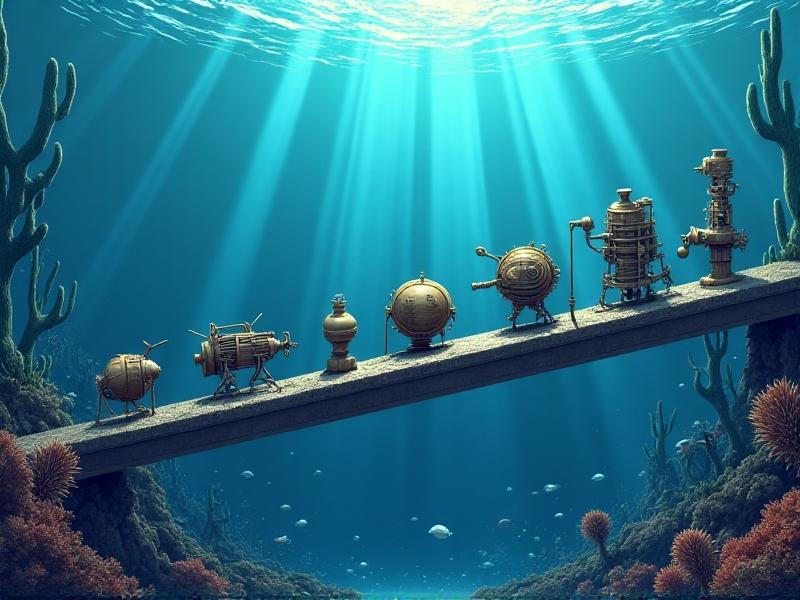
Key Components of Modern Underwater Camera Tracking Systems
Modern underwater camera tracking systems are composed of several key components that work together to ensure optimal performance. The camera itself is often the most visible part, but equally important are the tracking mechanisms, which can include sonar, GPS, and inertial measurement units (IMUs). These components allow the system to maintain a stable and accurate position relative to the subject being tracked. Additionally, advanced software algorithms process the data collected by these components, enabling real-time adjustments and corrections. Power supply and communication systems are also critical, as they ensure the camera can operate for extended periods and transmit data back to the surface.

Applications in Marine Biology and Environmental Monitoring
Underwater camera tracking systems have become indispensable tools in marine biology and environmental monitoring. These systems allow researchers to observe marine life in their natural habitats without disturbing them, providing valuable insights into behavior, migration patterns, and population dynamics. Environmental monitoring applications include tracking changes in coral reefs, monitoring water quality, and assessing the impact of human activities on marine ecosystems. The data collected by these systems can inform conservation efforts and help policymakers make informed decisions to protect our oceans.
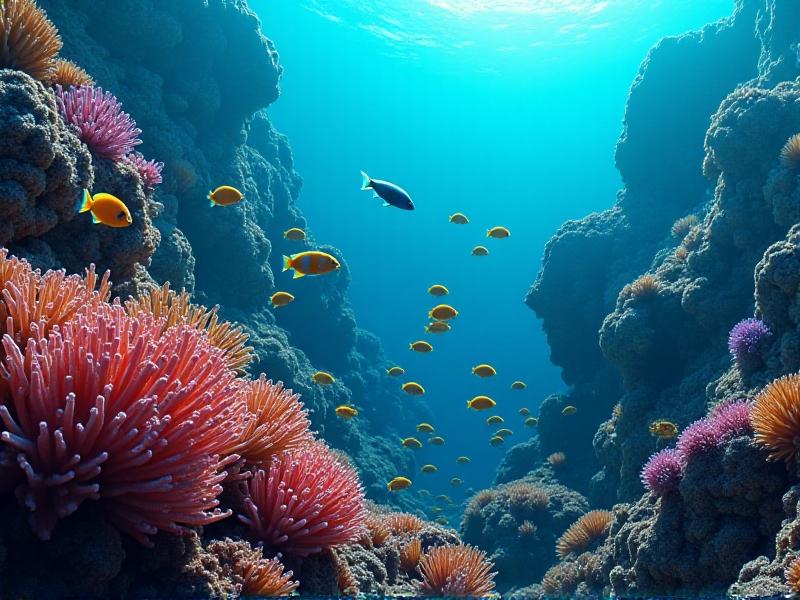
Challenges and Solutions in Underwater Camera Tracking
Despite their many advantages, underwater camera tracking systems face several challenges. One of the primary issues is the harsh underwater environment, which can cause equipment to malfunction or degrade over time. High pressure, saltwater corrosion, and limited visibility are just a few of the obstacles that must be overcome. To address these challenges, manufacturers have developed robust, waterproof casings and materials that can withstand extreme conditions. Additionally, advanced algorithms and AI can compensate for visibility issues by enhancing image quality and filtering out noise. Another challenge is the need for reliable power sources, which has led to the development of energy-efficient systems and alternative power solutions such as solar and wave energy.
Future Trends in Underwater Camera Tracking Technology
The future of underwater camera tracking technology is incredibly promising, with several exciting trends on the horizon. One of the most significant developments is the integration of machine learning and AI, which will enable systems to autonomously identify and track marine species with greater accuracy. Another trend is the miniaturization of components, allowing for more compact and portable systems that can be deployed in a wider range of environments. Additionally, advancements in battery technology and wireless communication will extend the operational range and duration of these systems. Finally, the use of virtual reality (VR) and augmented reality (AR) in conjunction with underwater camera tracking systems will provide immersive experiences for researchers and the public alike, fostering a deeper understanding and appreciation of marine ecosystems.
Ethical Considerations in Underwater Camera Tracking
As with any technology, the use of underwater camera tracking systems raises important ethical considerations. One of the primary concerns is the potential for these systems to intrude on the natural behaviors of marine life, even if they are designed to be non-intrusive. Researchers must ensure that their methods do not cause undue stress or harm to the animals they are studying. Additionally, the data collected by these systems must be used responsibly, with a focus on conservation and the protection of marine ecosystems. Privacy concerns also arise when these systems are used in areas where human activities, such as diving or fishing, are present. It is crucial for users of underwater camera tracking systems to adhere to ethical guidelines and best practices to minimize any negative impact on the environment and its inhabitants.
Case Studies: Successful Implementations of Underwater Camera Tracking Systems
Several case studies demonstrate the successful implementation of underwater camera tracking systems in various fields. One notable example is the use of these systems in the Great Barrier Reef to monitor coral health and track the movements of reef fish. The data collected has been instrumental in developing strategies to protect this vital ecosystem. Another example is the deployment of underwater camera tracking systems in the Arctic to study the behavior of polar marine species, such as seals and walruses, in response to climate change. These case studies highlight the versatility and effectiveness of underwater camera tracking systems in addressing critical environmental and conservation challenges.
How to Choose the Right Underwater Camera Tracking System
Selecting the right underwater camera tracking system depends on several factors, including the specific application, budget, and environmental conditions. For researchers studying marine life, a system with high-resolution cameras and advanced tracking capabilities is essential. Environmental monitoring applications may require systems with robust sensors and long battery life. Budget considerations are also important, as more advanced systems can be costly. It is crucial to evaluate the features and capabilities of different systems, read reviews, and consult with experts to make an informed decision. Additionally, considering the ease of deployment, maintenance, and data retrieval can help ensure that the chosen system meets the needs of the project.
Maintenance and Care for Underwater Camera Tracking Systems
Proper maintenance and care are essential to ensure the longevity and performance of underwater camera tracking systems. Regular cleaning is necessary to prevent the buildup of salt and debris, which can damage the equipment. Inspecting the system for signs of wear and tear, such as cracks in the casing or corrosion, can help identify potential issues before they become serious problems. It is also important to follow the manufacturer's guidelines for storage and handling, particularly when the system is not in use. Additionally, keeping the software up to date and calibrating the system regularly can help maintain accuracy and reliability. By taking these steps, users can ensure that their underwater camera tracking systems continue to operate effectively and provide valuable data for years to come.
The Role of Underwater Camera Tracking in Ocean Conservation
Underwater camera tracking systems play a crucial role in ocean conservation efforts. By providing detailed and accurate data on marine ecosystems, these systems help scientists and conservationists identify threats and develop strategies to mitigate them. For example, tracking the movements of endangered species can inform the creation of protected areas and marine reserves. Monitoring changes in water quality and coral health can help detect pollution and other environmental stressors. Additionally, the data collected by these systems can be used to raise awareness and educate the public about the importance of protecting our oceans. As the challenges facing marine ecosystems continue to grow, the role of underwater camera tracking systems in conservation will become increasingly vital.
